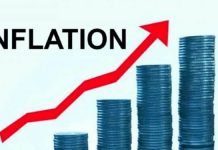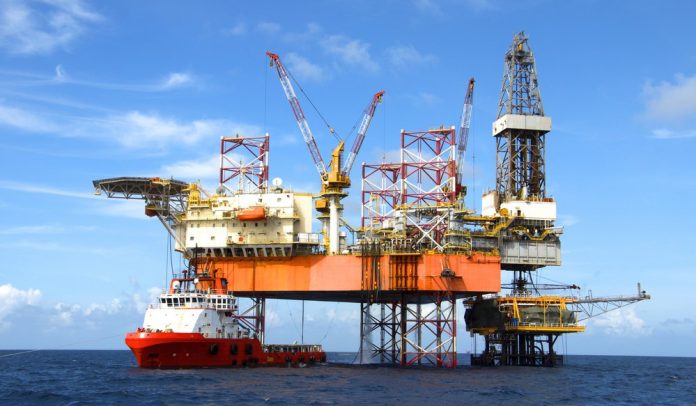Ordinarily, the news that oil prices are increasing in the international oil market should be received with joy in Nigeria. At least, it is a sign that the 2018 National Budget should not fall into dire waters. But this is hardly the case in the country.
Latest reports say the price of crude oil rose further this week exceeding $68 per barrel, its highest mark since May 2015. This is attributed to the unrest in Iran, thus raising concern about risks to supplies, cold weather in the United States boosting demand, and output cuts led by the Organisation of Petroleum Exporting Countries (OPEC).
The development, which will boost the Nigerian government’s oil revenues to fund the 2018 Budget, is however, said to be hurting the country’s finances via petrol imports and mounting demands by oil marketers for subsidy payments. But the more worrisome aspect is that the increase in oil prices coincides with renewed violent and terrorist activities in parts of the country.
The Minister of State for Petroleum Resources, Dr. Ibe Kachikwu, said the recent petrol scarcity in the country originated from the high cost of crude oil in the international market, arguing that while the country wants more revenues from its crude, it is finding it difficult to deliver petrol at the fixed price of N145 a litre at the same time.
Dr. Kachikwu informed the Senate that the presidential committee on petrol scarcity that had been mandated to determine the feasibility of retaining the pump price of petrol at N145 per liter could explore a plural pricing model.
Reports had blamed the six days of anti-government protests in Iran, OPEC’s third-largest producer, for creating the geopolitical risk premium to oil prices. According to the reports, the unrest has not, however, affected the level of production or exports from Iran.
Brent crude, the international benchmark, reportedly went up to $68.27 per barrel earlier this week before coming down to $67.90 a barrel. US crude also rose to $61.86, hitting its highest level since May 2015. Freezing weather in the US is believed to have spurred short-term demand, especially for heating oil.
Apart from the spike in May 2015, oil is trading at its highest since December 2014 – the month after a historic decision by OPEC to stop cutting output to prop up prices deepened a price collapse.
OPEC, supported by Russia and other non-members, began to hammer out a deal to cut supplies again in 2016, aiming to get rid of a supply glut that had built up in the previous two years and boost prices.
The supply cut pact started a year ago and compliance has been high, aided by involuntary output declines in Venezuela, whose economy is collapsing, plus unrest in Nigeria and Libya. Producers decided to extend the deal for the whole of 2018.
In the views of oil experts, OPEC’s cuts are helping to reduce inventories around the world and in the US crude stocks fell by five million barrels in the latest week. Major indices show that the situation will subsist for a while.


















